Urban Cowboy, the popular ’80s movie starring John Travolta and Debra Winger as a contentious couple at odds over jealousy and gender roles set at Gilley’s in Texas, turned 45 years old this summer.
And this week marks the 45th anniversary of its soundtrack going platinum.
While many country music fans may not have seen the movie, in which characters solve their dilemmas through riding a mechanical bull, no one with their eyes and ears on the genre has escaped its decades-long impact.
“Rather than being about a mechanical bull or cowboy fashion, Urban Cowboy resonated deeply with themes like gender roles, marriage, the dawning of a new decade…and a shift in country music’s popularity,” said Jennifer Walton, professor and film‑and‑society scholar.
Urban Cowboy was culturally significant to country music because it sparked the Urban Cowboy movement. This trend brought country music and the lifestyle portrayed in the movie into the mainstream. While Urban Cowboy glamorized stereotypes, it did so in a way that made the music and lifestyle interesting, relatable, and attainable to people regardless of their zip code.
Videos by American Songwriter
Urban Cowboy Delivered Bedazzled Social Criticism
The New York Times critic wrote: “Urban Cowboy is not only most entertaining but also first‑rate social criticism.”
The movie’s popularity helped generate widespread interest in country music, extending its traditional Southern and rural base to urban and suburban audiences. Its soundtrack blended late ’70s country artists with pop and rock artists of the era, and included artists such as Johnny Lee, Charlie Daniels, Jimmy Buffett, Anne Murray, The Eagles, Mickey Gilley, Bob Seger, and more.
Lee sang “Lookin’ for Love” on the soundtrack, and it changed his life. “Lookin’ for Love” was a crossover hit, spending three weeks at No. 1 on the Billboard Country Singles chart, reaching the Top 5 on the Billboard Hot 100 chart, and peaking at No. 10 on Billboard’s Adult Contemporary chart.
“It made my career,” he told Digital Journal of Urban Cowboy. “I mean, I’d had a few charted songs before, but when Urban Cowboy came out, Hell, I got my first gold record, my first gold album, got a triple platinum album, a platinum album. It catapulted my career to what it has been for the last 35 years.”
Did Urban Cowboy Help Kenny and Dolly?
Urban Cowboy‘s arrival in 1980 helped refine the rough edges of the country sound into a more polished subgenre, making it more accessible to pop and rock fans. The adjustment made more room for artists, including Kenny Rogers, Dolly Parton, and Alabama, who also enjoyed crossover success in the early ’80s.
In a broader scope, Urban Cowboy‘s impact expanded to country radio station playlists, which shifted to accommodate a new, more pop-centric audience. Record labels began signing artists whose music appealed to both country and pop audiences. Some pop culture experts have argued that Urban Cowboy paved the way for artists like Garth Brooks, Shania Twain, and Taylor Swift. And while that may be partially correct, Randy Travis entered the scene in 1986, which many see as a course correction for the genre following the Urban Cowboy movement, or the countrypolitan era.
“Randy Travis saved country music, in my opinion,” Brooks told The Tennessean. “I don’t know of any artist who took a format and turned it 180 (degrees) back to where it came from and made it bigger than it was then. And thank God for guys like Skaggs and Strait who were there to hold the fort down with him.”
Urban Cowboy Popularized Cowboy Hats
A 1978 Esquire magazine story about two regulars at singer Mickey Gilley’s club – a honky-tonk bar in Pasadena, Texas – inspired Urban Cowboy. The film was also set in Gilley’s bar, where patrons spent nights drinking, dancing, and riding the mechanical bull. Gilley likes to say Urban Cowboy inspired Brooks and Alan Jackson to wear cowboy hats. While that seems far-fetched, it did have an impact on country fashion for those not actively involved in the lifestyle.
“When Travolta … first walks into the club, I’m at the keyboard, singing ‘Honky Tonk Wine,’” Gilley told Fresh Fiction. “If you notice, I’m not even wearing a cowboy hat because I wasn’t into the Western-wear type of thing. After Urban Cowboy came out, however, everything changed. It was so hot that I bought a cowboy hat and started wearing it. It, no doubt, changed the dress scene. Anywhere you’d go, you see people wearing cowboy hats, boots, Western shirts, jeans, and thick silver belt buckles.”
From its soundtrack, social commentary, and fashion choices, Urban Cowboy didn’t reflect culture – it shifted it, bringing country music into a brighter spotlight and attracting new listeners for years to come.
(Photo by Hulton Archive/Getty Images)

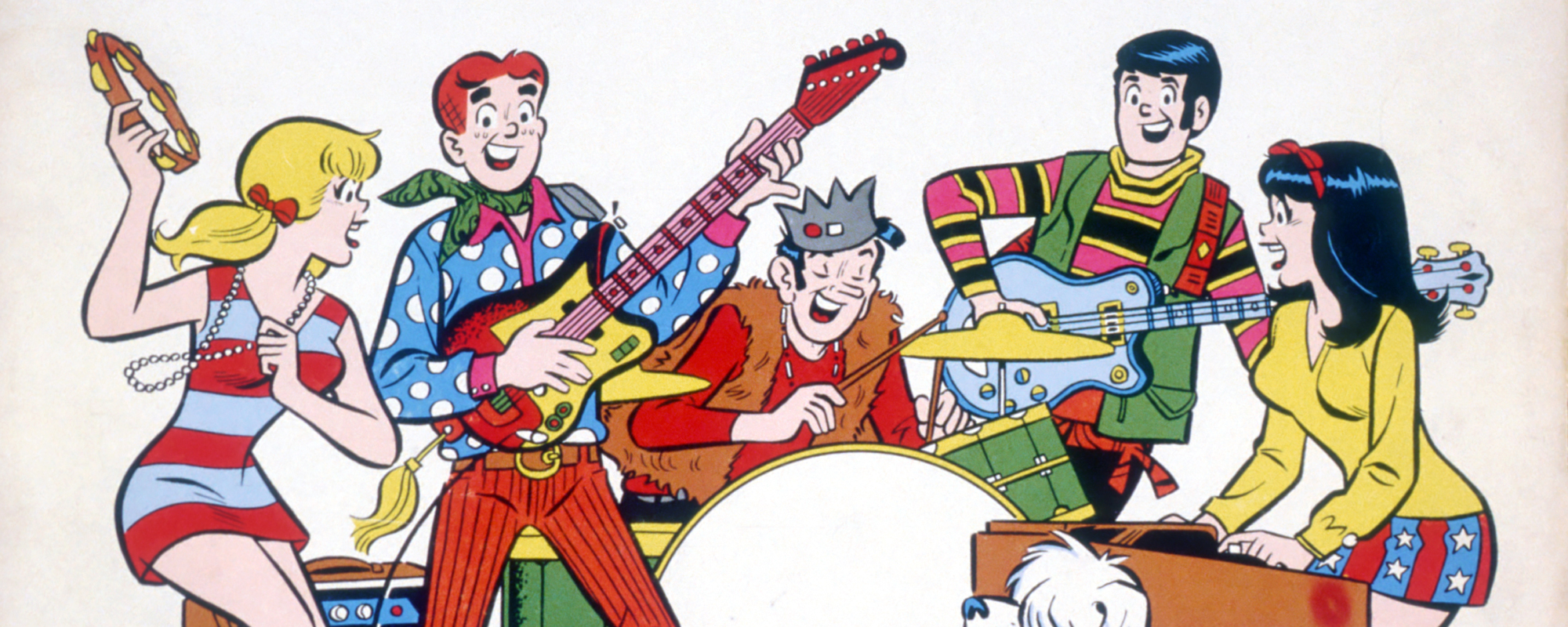
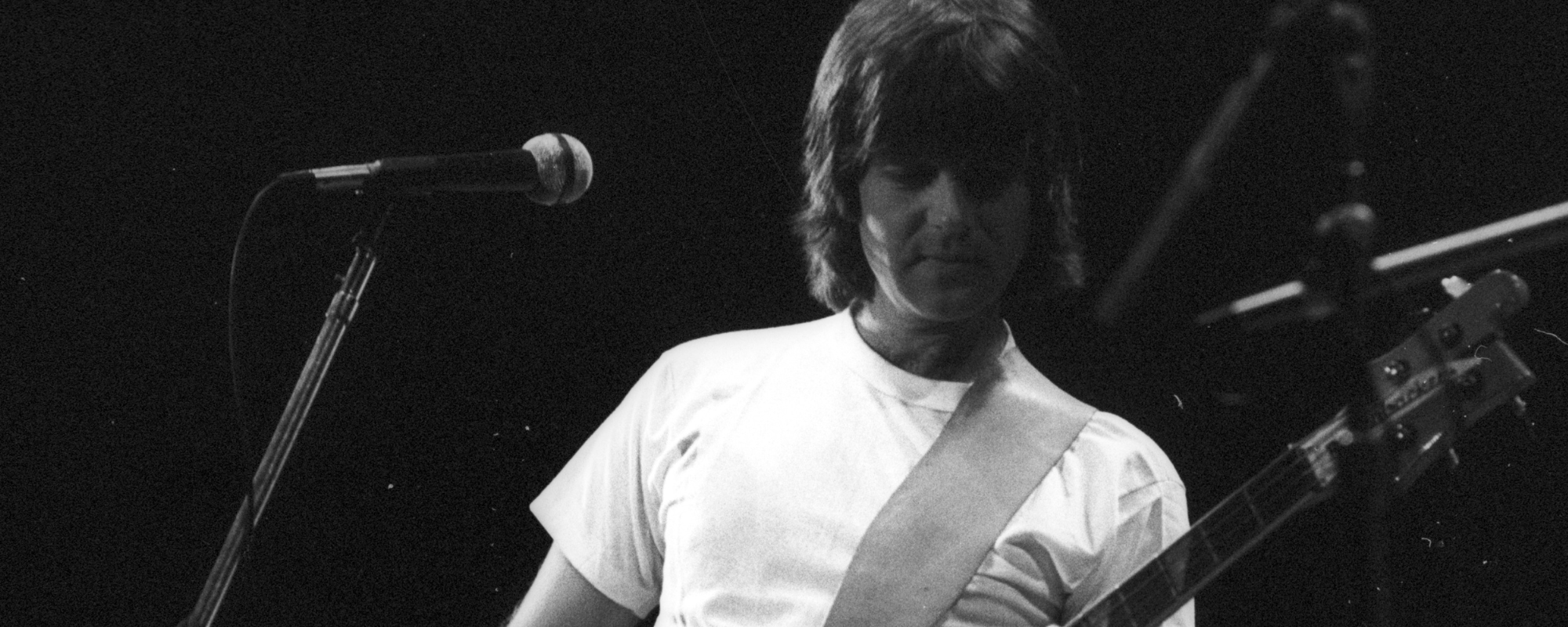
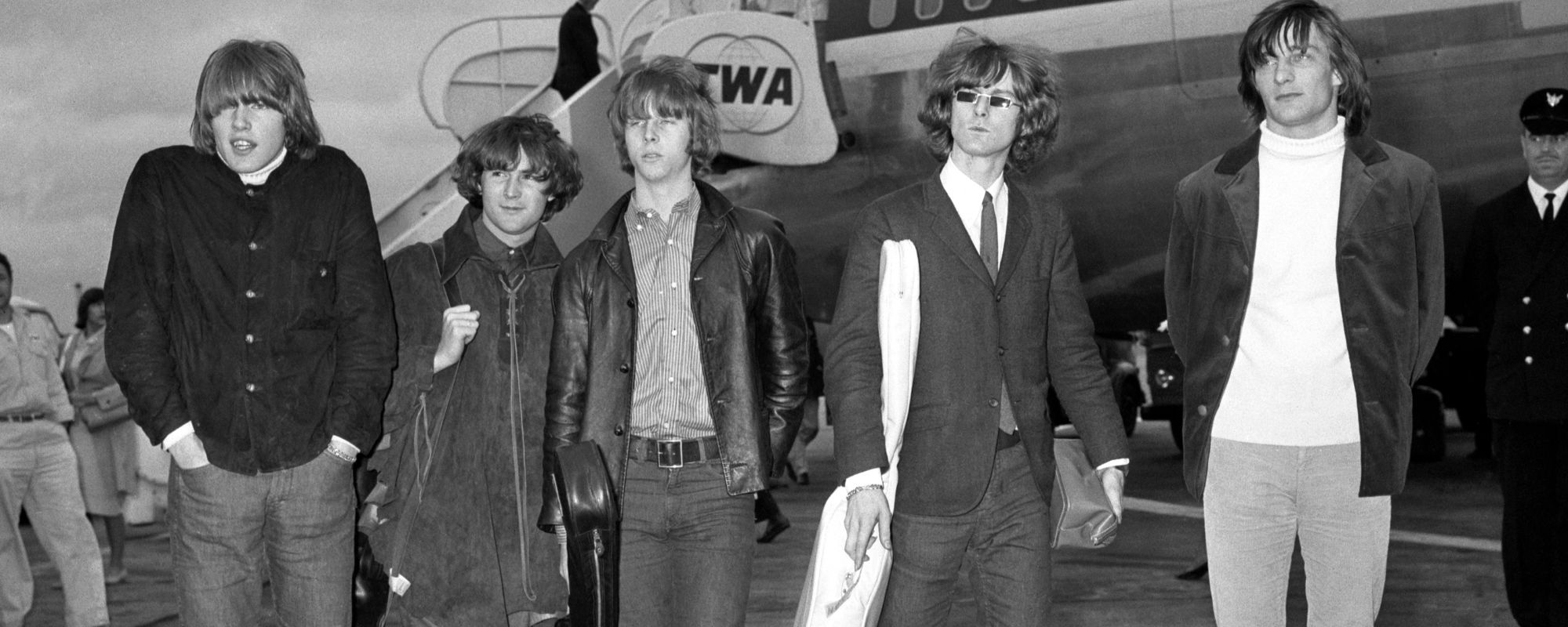
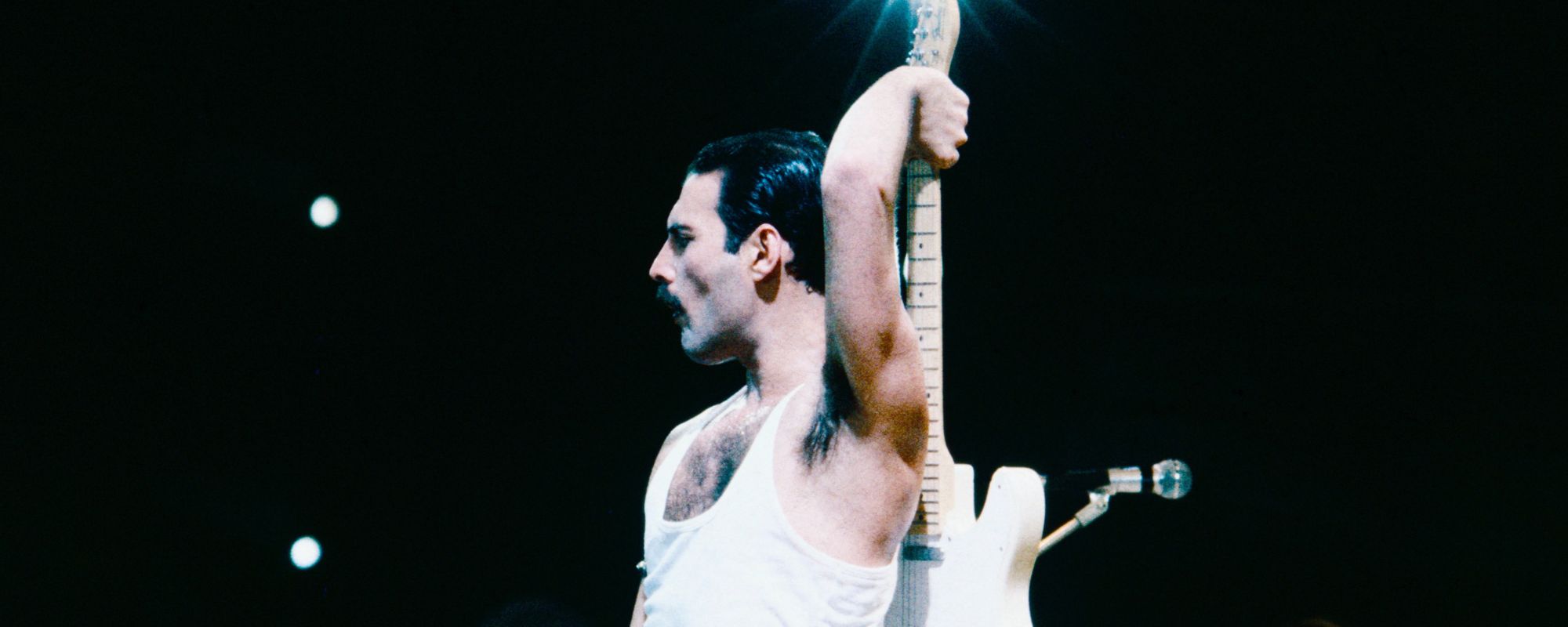

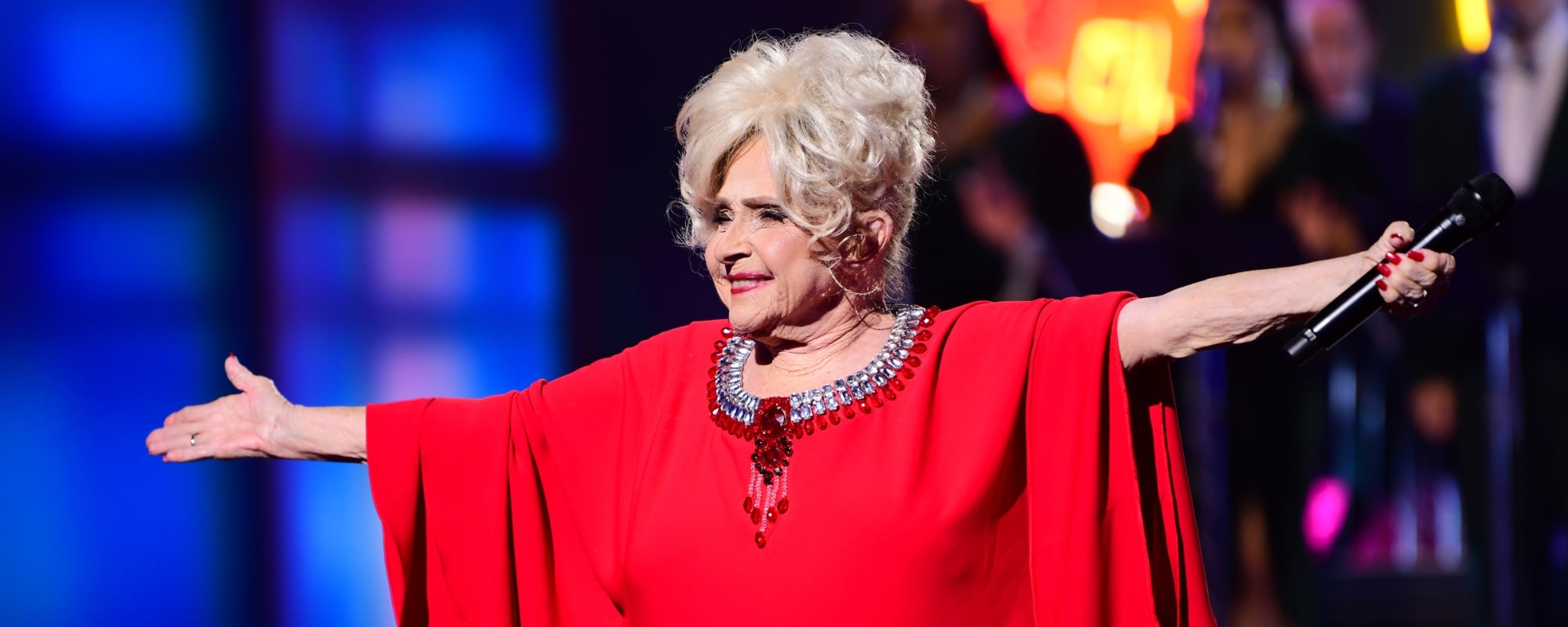
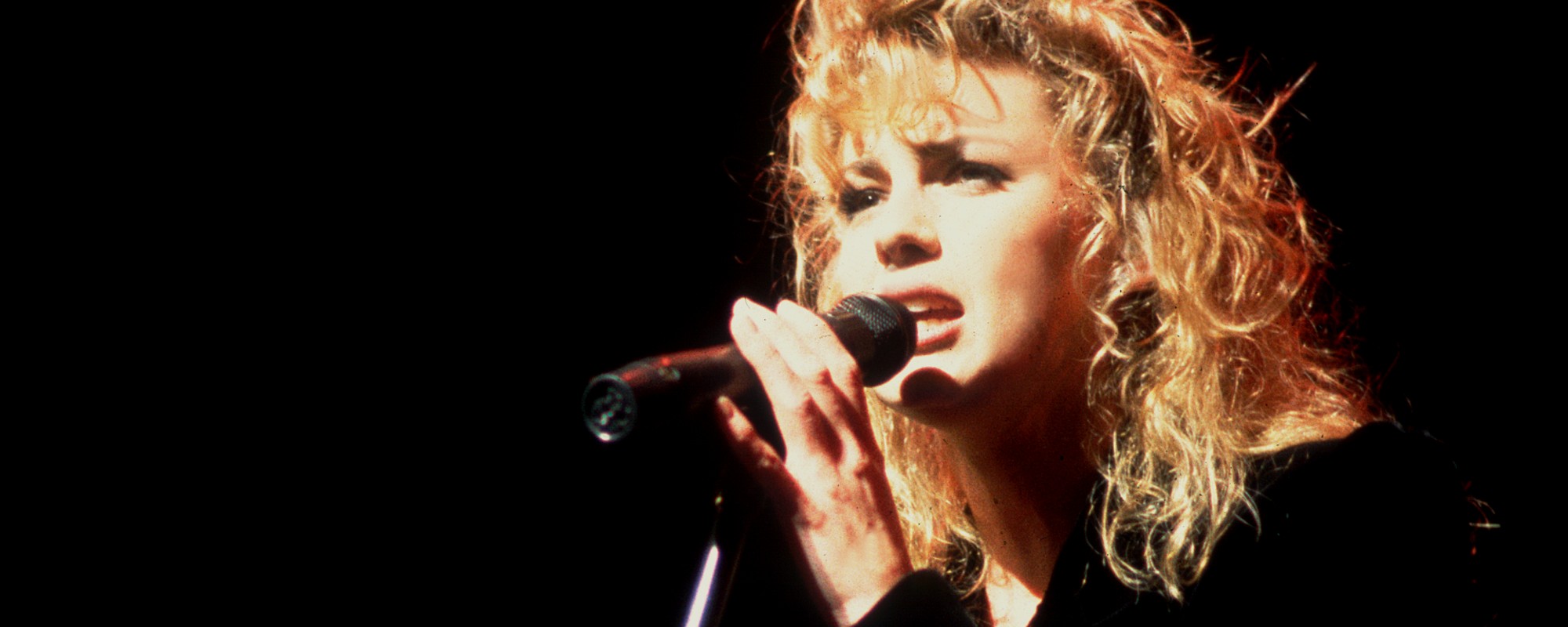
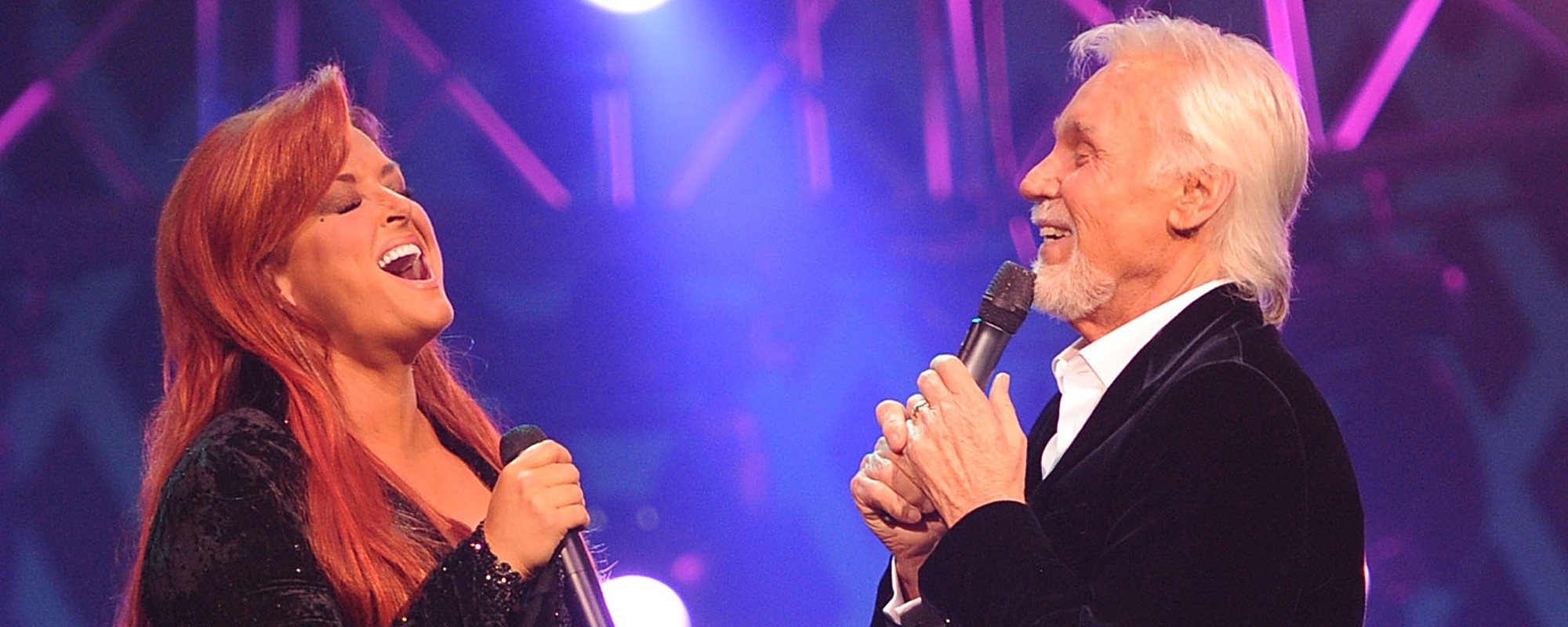


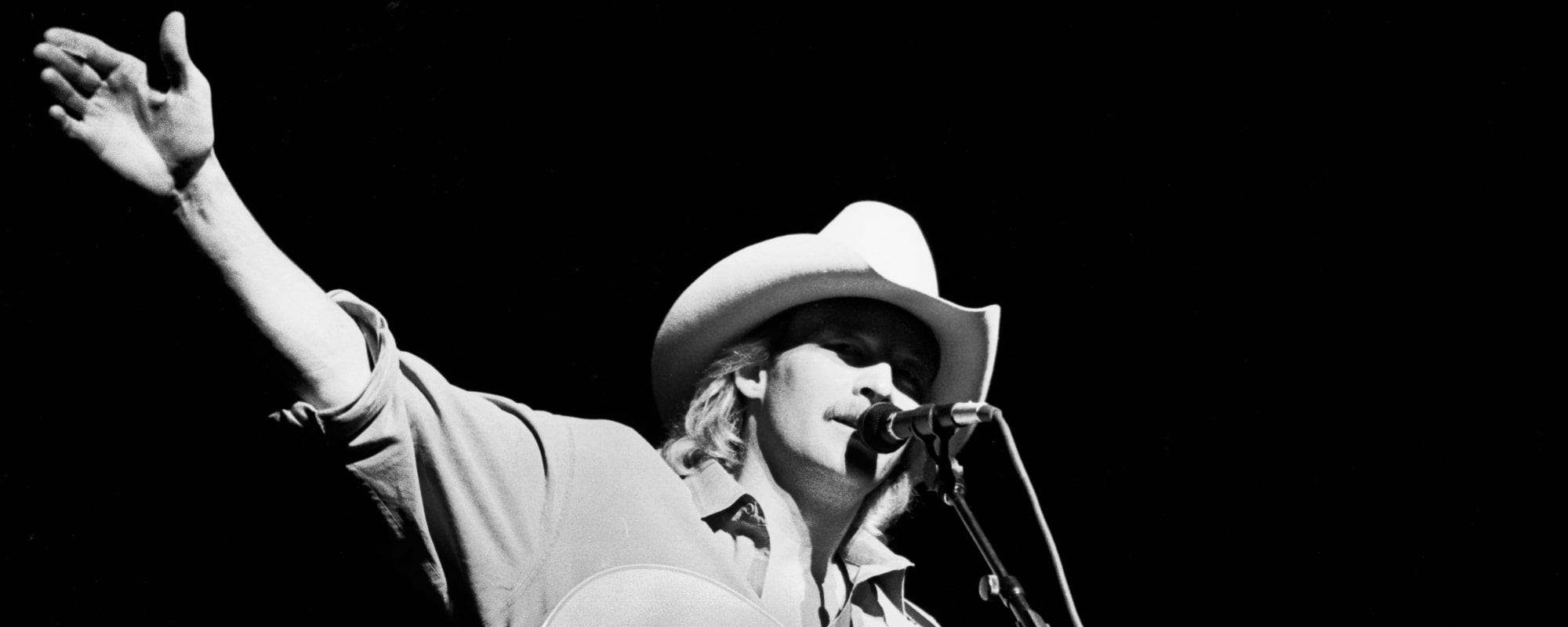
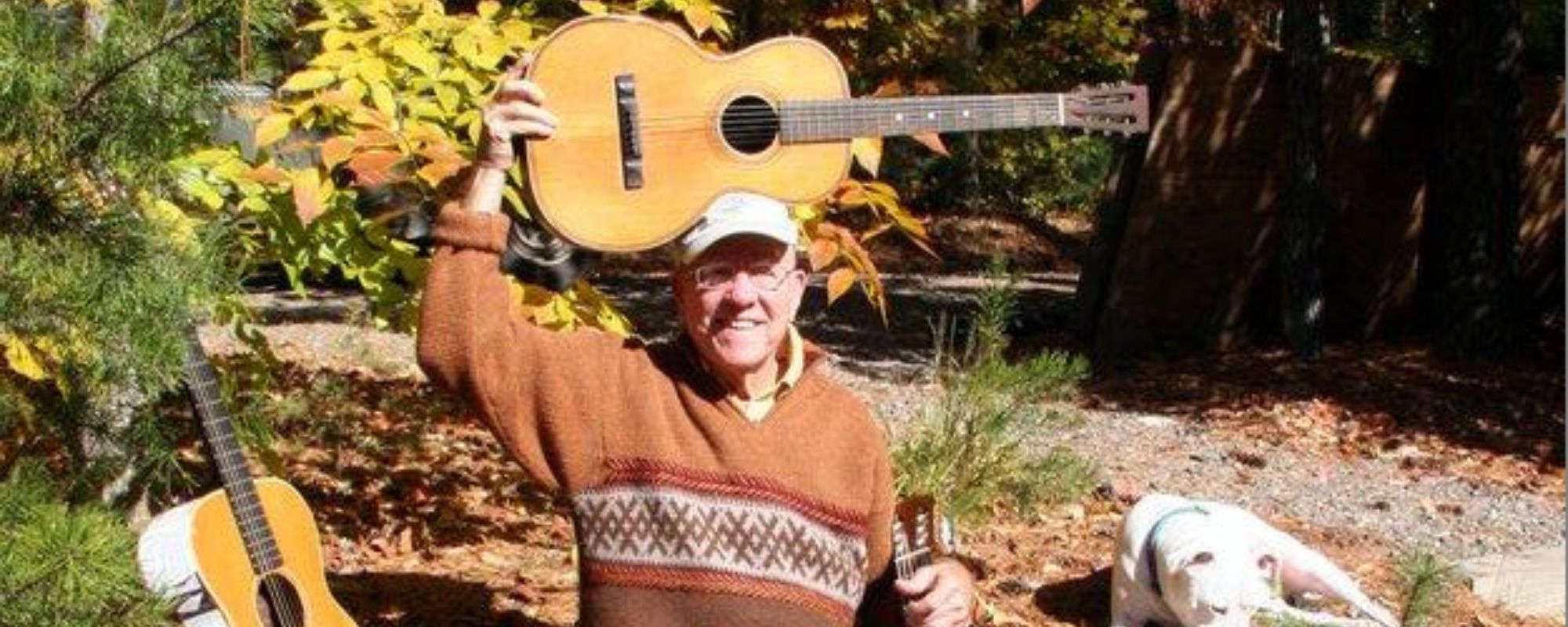
Leave a Reply
Only members can comment. Become a member. Already a member? Log in.